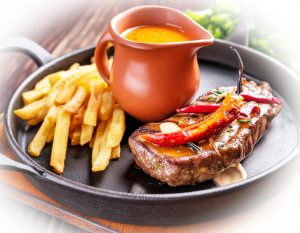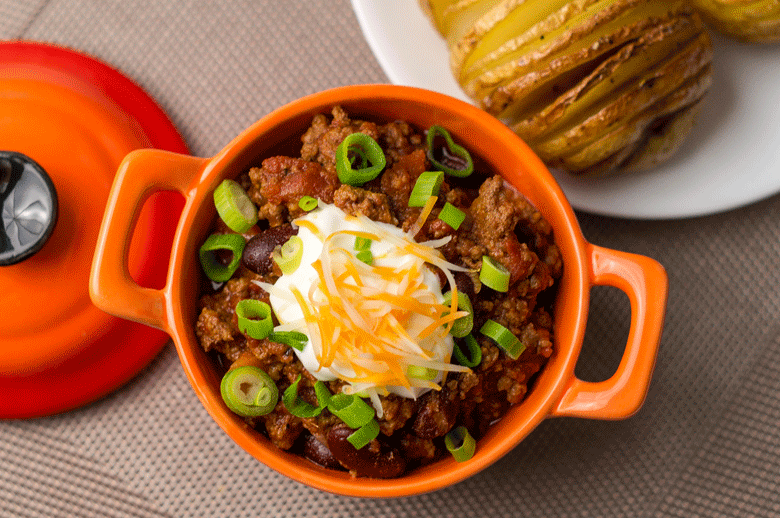 Some history
Some history
The history of crispy chicken wings, particularly those paired with a sweet chilli sauce, is rooted in a blend of culinary traditions from around the world. The concept of frying chicken has been a staple in various cultures for centuries, with the Chinese, Scots, and West Africans all having their versions of fried chicken.
The modern popularity of chicken wings can be traced back to the United States in the mid-20th century. Specifically, the creation of Buffalo wings in Buffalo, New York, in 1964, marked the beginning of the chicken wing craze. This original version featured deep-fried wings coated in a spicy vinegar-based cayenne pepper hot sauce and served with celery sticks and blue cheese dressing.
version featured deep-fried wings coated in a spicy vinegar-based cayenne pepper hot sauce and served with celery sticks and blue cheese dressing.
Sweet chilli sauce, on the other hand, has its origins in Southeast Asia, particularly Thailand. This sauce, known for its balance of sweetness and heat, is traditionally made from red chillies, vinegar, sugar, and garlic. It is widely used as a dipping sauce and in various dishes across Asian cuisines.
The combination of crispy chicken wings with sweet chilli sauce likely emerged as part of the global fusion cuisine trend, where chefs and home cooks began blending elements from different culinary traditions. This fusion dish captures the essence of American comfort food and the vibrant flavors of Southeast Asian cuisine, resulting in a deliciously satisfying dish. Today, it is a popular appetizer and party food enjoyed by people all over the world, showcasing the versatility and universal appeal of both crispy chicken wings and sweet chilli sauce.



 Making homemade steak sauce
Making homemade steak sauce Then, experiment with different
Then, experiment with different 
 signature taste. With numerous recipes and methods available, finding the best recipe for chilli con carne can transform your meal into a culinary masterpiece.
signature taste. With numerous recipes and methods available, finding the best recipe for chilli con carne can transform your meal into a culinary masterpiece.